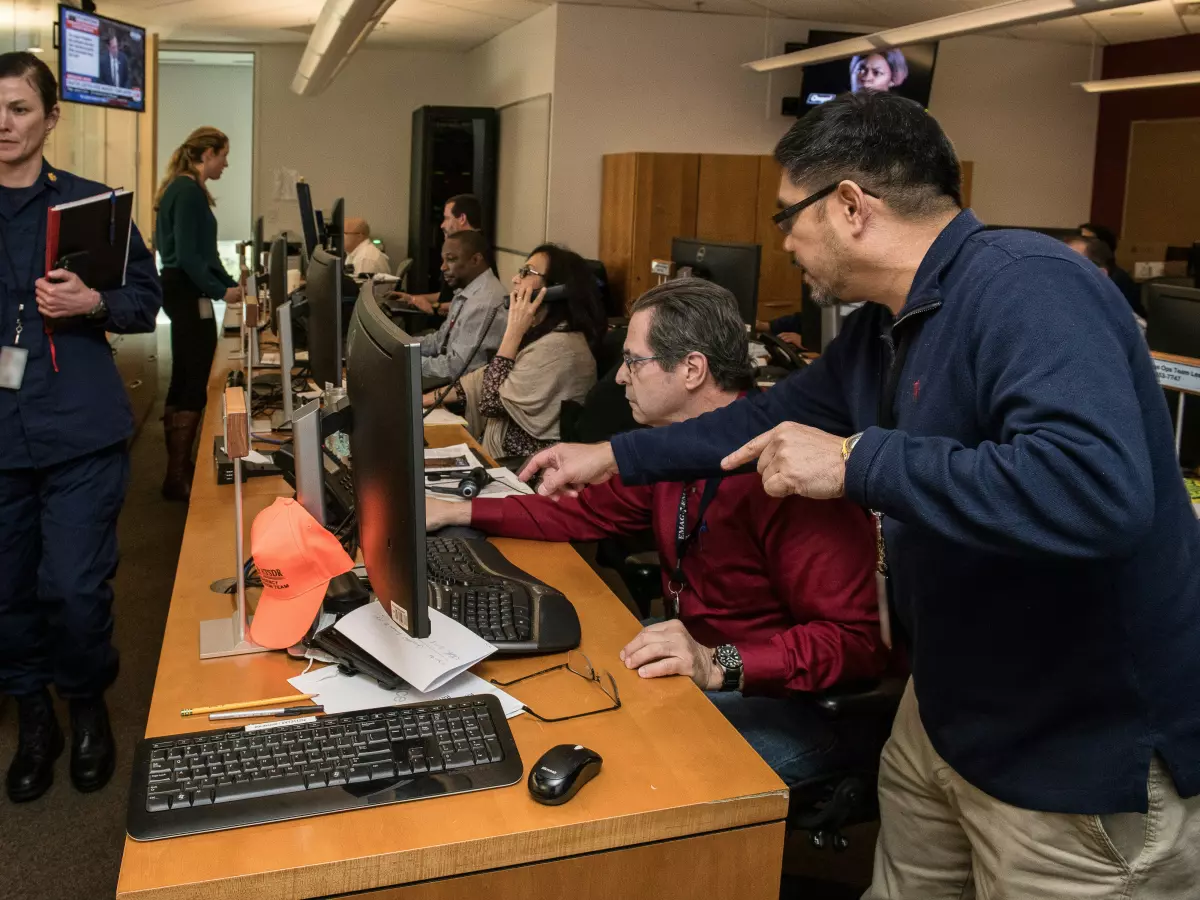Blueprints of Tomorrow
Imagine walking into a building that seems to breathe, adapt, and evolve with its environment. The walls adjust their temperature based on the weather outside, the windows tint themselves to block out harsh sunlight, and the layout of the space can shift to accommodate different needs throughout the day. Sounds like something out of a sci-fi movie, right? Well, thanks to AI algorithms, this futuristic vision is becoming a reality.

By Sophia Rossi
Architecture has always been about more than just creating spaces—it's about shaping the way we live, work, and interact with the world around us. But as our cities grow larger and our environmental challenges become more pressing, traditional methods of design and construction are struggling to keep up. Enter AI algorithms: the new architects of the future.
AI is already making waves in industries like healthcare, finance, and entertainment, but its impact on architecture is just beginning to unfold. From optimizing building designs to improving sustainability, AI algorithms are transforming the way we think about construction. Let’s dive into how AI is reshaping architecture and what this means for the future of our built environment.
Designing with Data
One of the most exciting ways AI is influencing architecture is through data-driven design. Traditionally, architects rely on their experience, intuition, and creativity to come up with designs. But with AI, they now have access to vast amounts of data that can inform their decisions. AI algorithms can analyze everything from climate patterns to traffic flows, helping architects create buildings that are not only aesthetically pleasing but also highly functional.
For example, AI can simulate how a building will perform under different environmental conditions, allowing architects to tweak their designs for maximum energy efficiency. It can also predict how people will move through a space, helping to optimize layouts for better flow and usability. In short, AI is taking the guesswork out of design and replacing it with precision.
Generative Design: The New Frontier
Generative design is another game-changer in the world of architecture. This approach uses AI algorithms to generate multiple design options based on a set of parameters provided by the architect. These parameters can include things like budget, materials, and environmental impact. The AI then explores thousands of possible configurations, presenting the architect with a range of solutions that they might never have considered on their own.
What’s really cool about generative design is that it allows for a level of creativity and innovation that was previously unimaginable. Architects can experiment with unconventional shapes, materials, and layouts, all while ensuring that the final design meets practical requirements. It’s like having a supercharged brainstorming session with a machine that never runs out of ideas.
Sustainability at the Core
As the world grapples with climate change, sustainability has become a top priority in architecture. AI algorithms are playing a crucial role in helping architects design buildings that are not only beautiful but also environmentally friendly. By analyzing data on energy consumption, materials, and environmental impact, AI can suggest ways to reduce a building’s carbon footprint.
For instance, AI can help architects choose materials that are both sustainable and cost-effective. It can also optimize the placement of windows, insulation, and other elements to minimize energy use. In some cases, AI can even suggest ways to incorporate renewable energy sources like solar panels or wind turbines into the design.
But AI’s role in sustainability doesn’t stop at the design phase. Once a building is constructed, AI algorithms can continue to monitor its performance, adjusting things like heating, cooling, and lighting to ensure maximum efficiency. This means that buildings of the future won’t just be sustainable when they’re built—they’ll stay sustainable throughout their entire lifecycle.
Construction Gets a Tech Upgrade
AI is also making its mark on the construction process itself. Traditionally, construction is a labor-intensive and time-consuming endeavor, but AI is helping to streamline things. For example, AI-powered robots can now assist with tasks like bricklaying, welding, and even painting, reducing the need for human labor and speeding up the construction timeline.
AI algorithms can also help with project management, predicting potential delays and suggesting ways to avoid them. By analyzing data from past projects, AI can identify patterns and trends that might not be obvious to human managers. This allows construction teams to stay on schedule and avoid costly overruns.
And let’s not forget about safety. Construction sites can be dangerous places, but AI is helping to reduce the risk of accidents. AI-powered drones can monitor construction sites in real-time, identifying potential hazards and alerting workers before accidents happen. It’s like having an extra set of eyes on the job, ensuring that everyone stays safe.
The Future of Smart Buildings
So, what does the future hold for AI in architecture? One word: smart buildings. These are buildings that use AI to monitor and control everything from lighting and temperature to security and maintenance. Imagine a building that can anticipate your needs before you even realize them—adjusting the temperature when you’re too hot, dimming the lights when you’re ready to relax, or even ordering supplies when stocks are running low.
Smart buildings will also be able to communicate with each other, creating entire smart cities where everything is interconnected. AI algorithms will analyze data from multiple buildings, optimizing energy use across the entire city and reducing waste. It’s a vision of the future where technology and architecture work together to create more efficient, sustainable, and livable spaces.
In the words of architect Zaha Hadid, “There are 360 degrees, so why stick to one?” With AI algorithms at the helm, the possibilities for architecture are endless. We’re not just building structures—we’re building the future.





